|
T
R
O
U
T
/
G
R
A
Y
L
I
N
G
F
L
I
E
S
|
Angle flies:
The most important key feature for dry flies is not correct
size, colour or shape; it's natural and always correct float
on the surface! It's important that the flies land and float
correctly!
The aim with these flies is to position and make them float
high in
a natural right angle to the surface.
It's important that your fly ride natural right on the surface
when presented; a lot of flies tilt over in many situations.
My solution to this is basically to leave most of the hook
shank bare and use this to make "a gravity point" to land the
fly in an upright position on the surface. I also use my
method (used this first on may-fly patterns in 1987) for hackling the flies; a variation on parachute
hackle, but were the hackle is winded in an angle to the
hook shank. This is done by making a "ball" of dubbing around the
wing base and then wind the hackle cross; behind the wing at
the base of the "ball" and down underneath the hook, in front
of the tying tread, and cross up again. Well pictures tell
things better than word:


The Angle May fly

The Angle Emerger
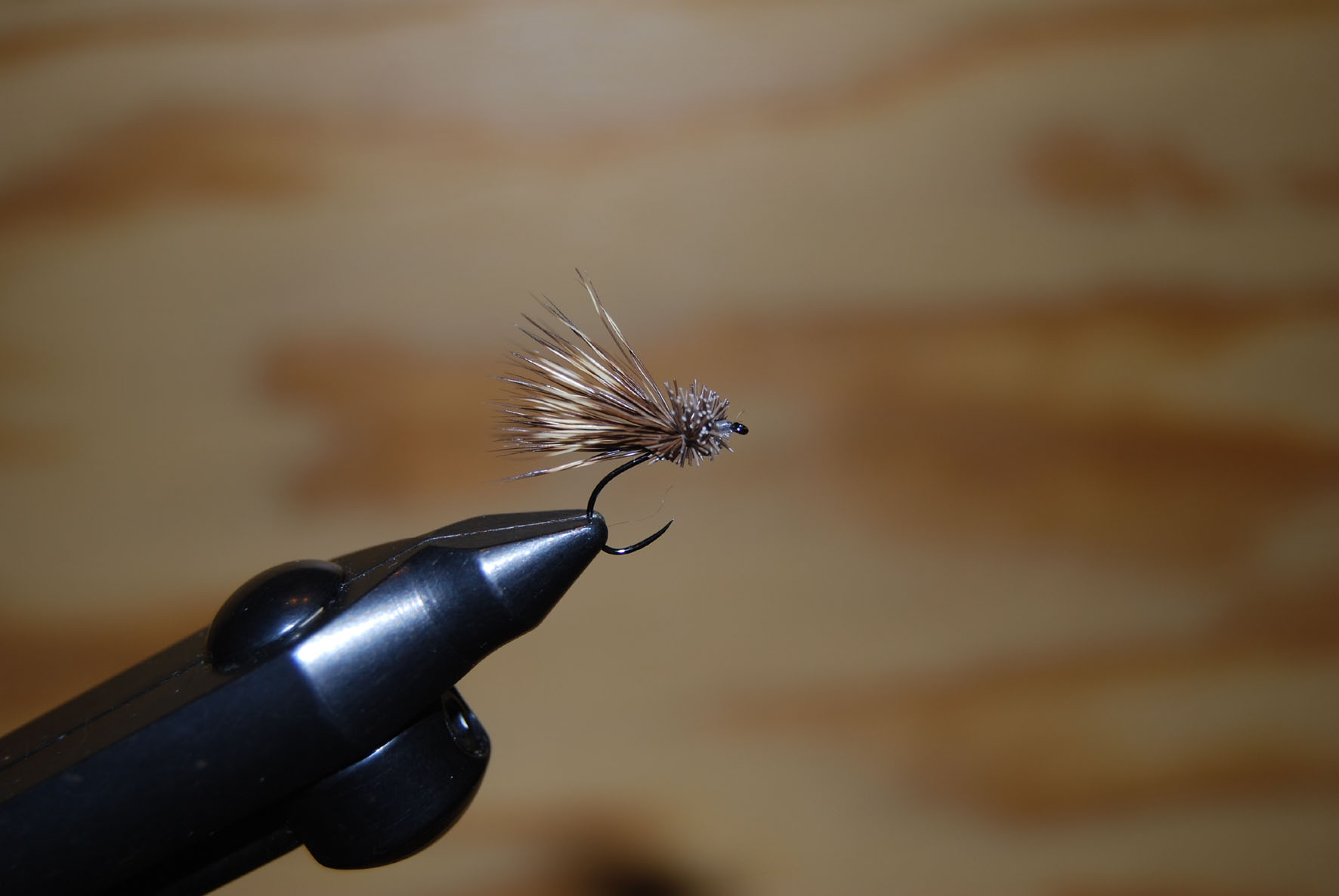
The Angle Caddis

The Angle Stonefly
Here's my article of how
to tie the mayfly pattern(click)
Mayfly pattern tied like funnel-dun (Neil Patterson)

.jpg)
DC (Dancing Caddis) made from only deer-hair and one hackle.
Many brownies on size 14 this season!
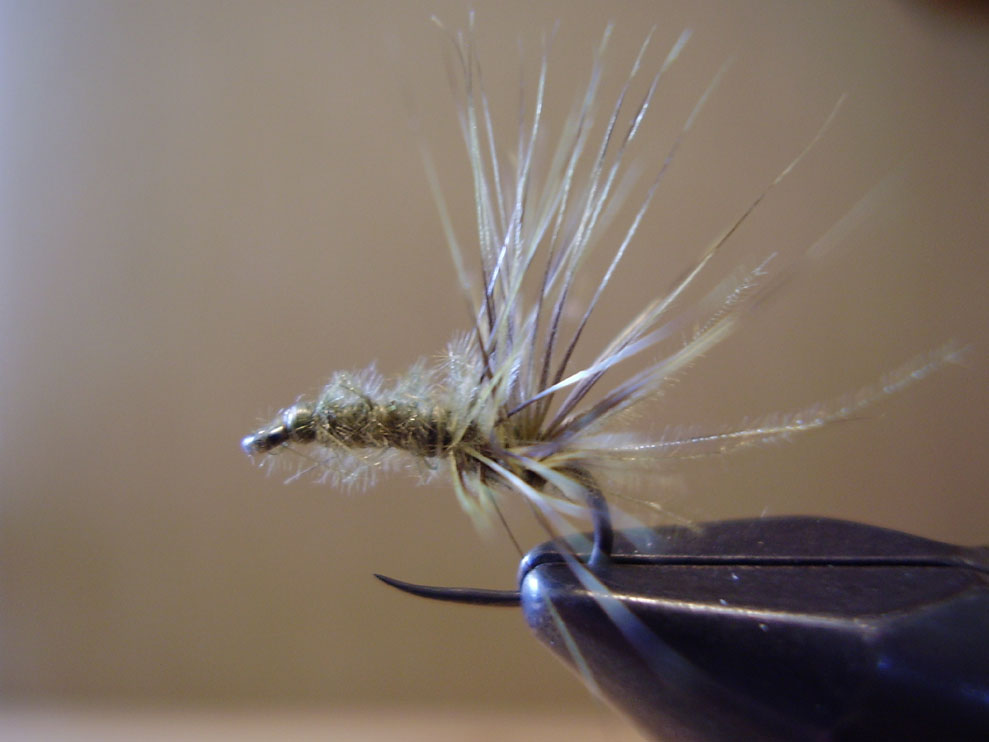
Aurivilli Dun, made from one feather of CDC and one good
quality hackle, size 14
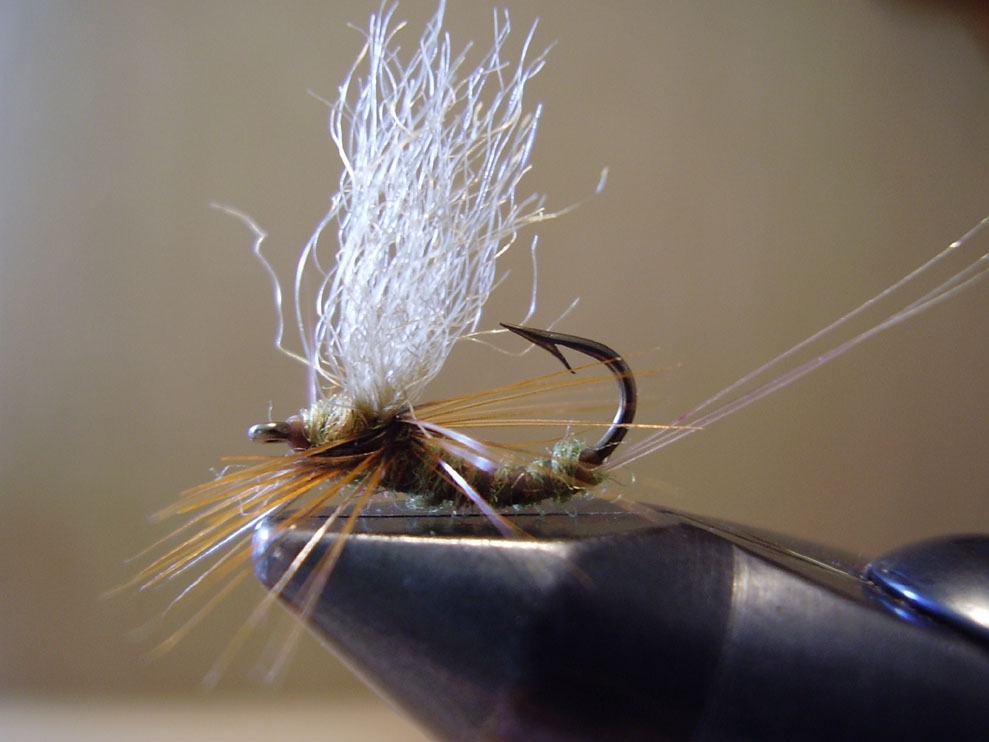
Aurivilli Spinner, up-side-down with cross-over hackle, size
14
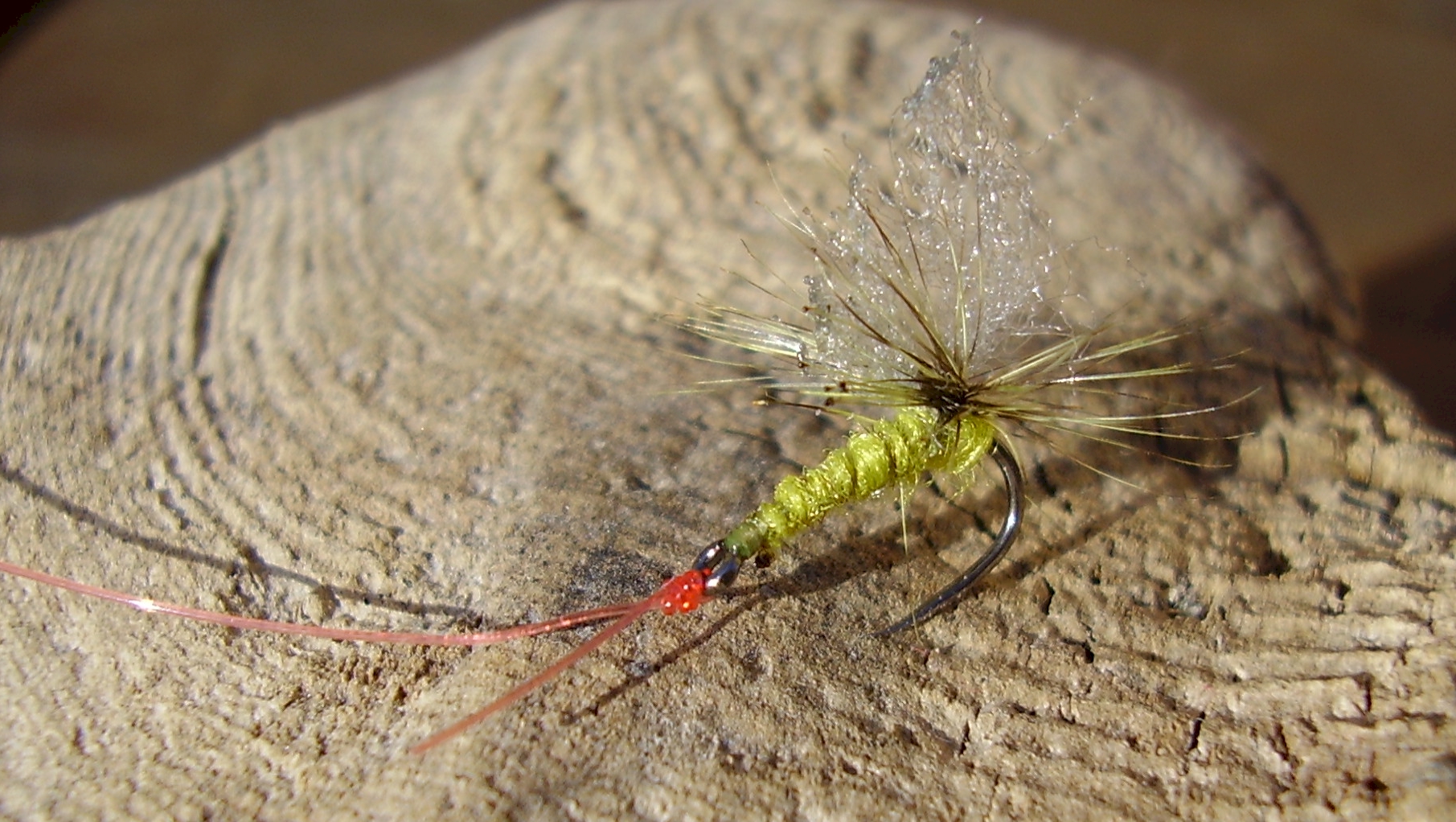
Perfect drifting duns for down stream
fishing. Utilizing the leader for impression of tail

Spent spinner for perfect down stream drift.
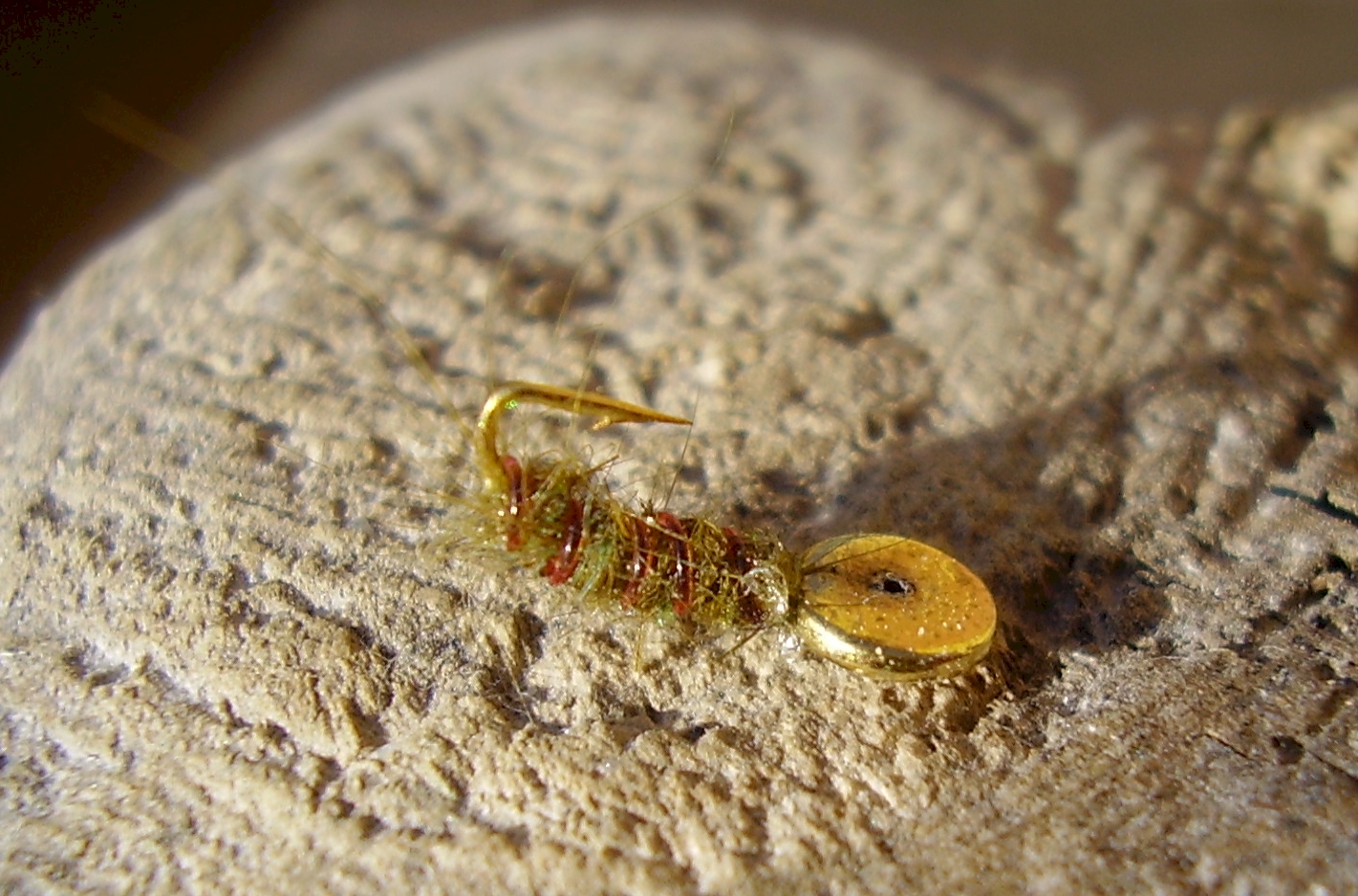
Micro holyhead (V. Markov)
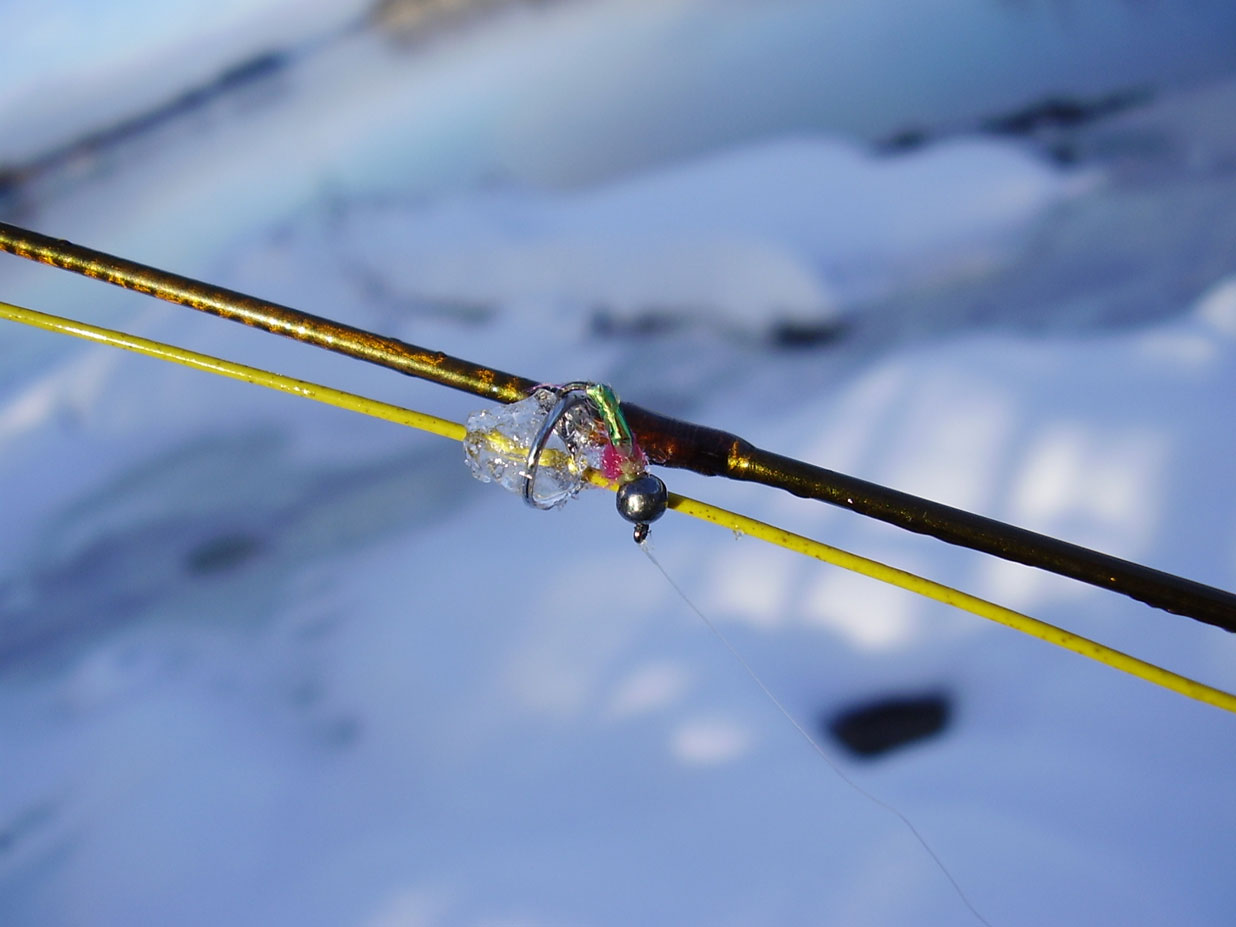
Tungsten micro nymph

NZ style nymph/indicator

MitzieD
|